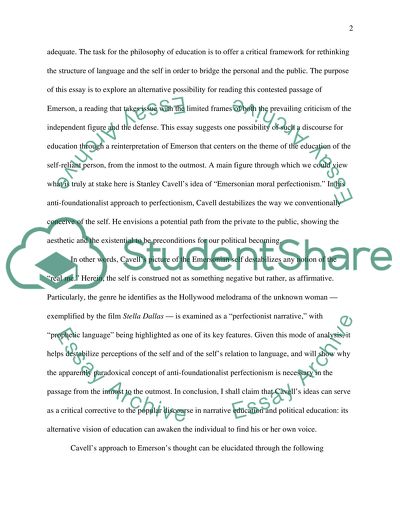Cite this document
(“Stella Dallas Essay Example | Topics and Well Written Essays - 2750 words”, n.d.)
Retrieved from https://studentshare.org/family-consumer-science/1421646-stella-dallas
Retrieved from https://studentshare.org/family-consumer-science/1421646-stella-dallas
(Stella Dallas Essay Example | Topics and Well Written Essays - 2750 Words)
https://studentshare.org/family-consumer-science/1421646-stella-dallas.
https://studentshare.org/family-consumer-science/1421646-stella-dallas.
“Stella Dallas Essay Example | Topics and Well Written Essays - 2750 Words”, n.d. https://studentshare.org/family-consumer-science/1421646-stella-dallas.


